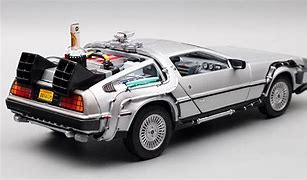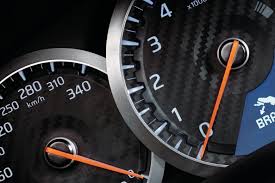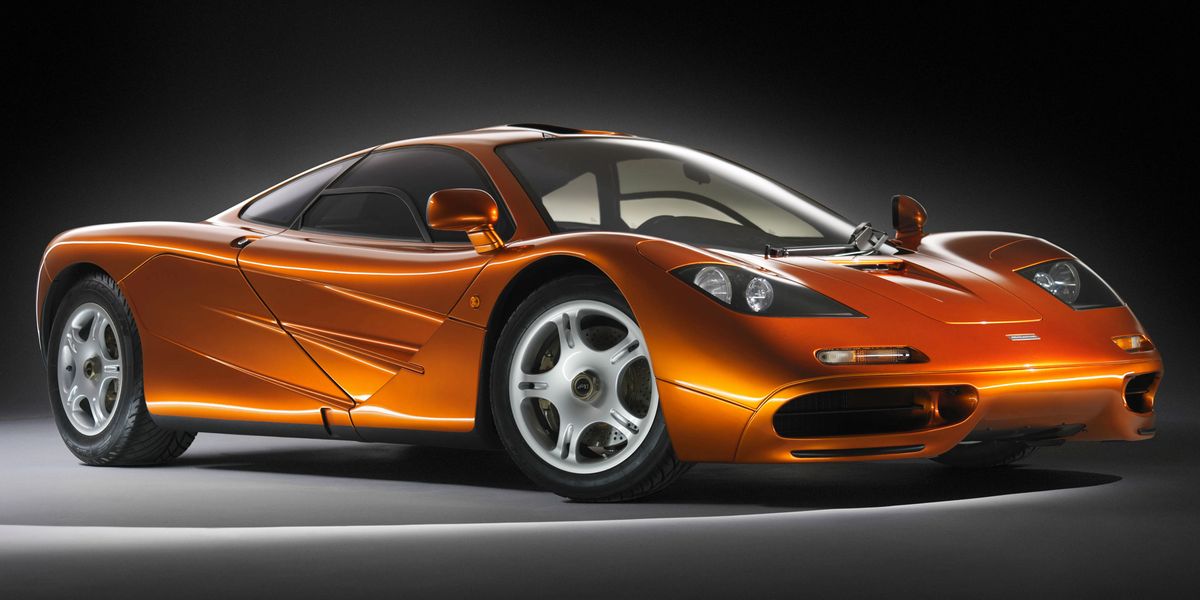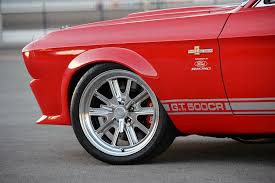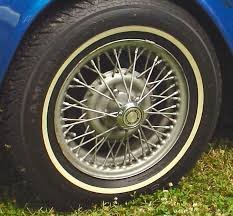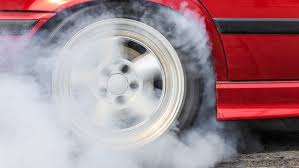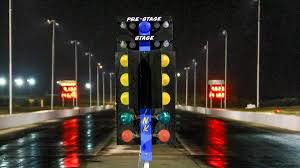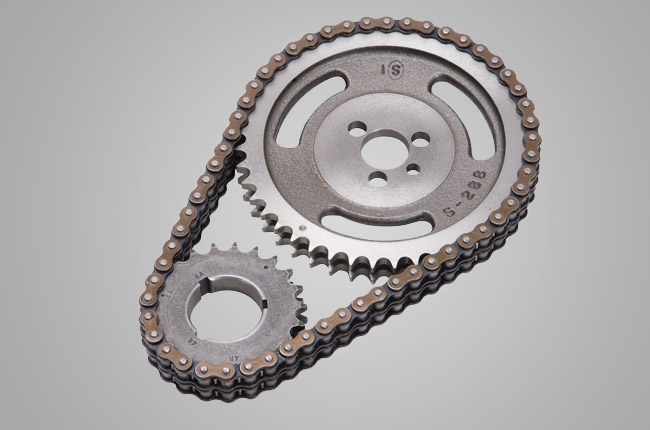

BMW 4 Series M4 GTS F82
Engine: Turbo Petrol | 2979cc 24v St6
Top Speed: 190 mph
0-60mph: 3.60 seconds

Mazda 3 2.3 Mazdaspeed
Engine: Turbo Petrol | 2261cc 16v St4
Top Speed: 249.4 kph
0-100kph: 6.0 seconds
The Triumph Stag was launched in 1970 and was introduced to compete in the market for luxury sports car. The Stag began life as a styling experiment derived from a 1963–4 Triumph 2000 pre-production saloon, which had been pencilled by Michelotti, and loaned to him by Harry Webster, Director of Engineering at the time. Their agreement was that if Webster liked the design, Triumph could use the prototype as the basis of a new Triumph model. Webster loved the design, however only 25,877 cars were produced between 1970 and 1977 with just 2,871 units going to the United States. Several variants were produced unofficially designated as "Early" Mk I 1970, the Mk I (1971–1972/3), Mk II (1973) and "Late" Mk II (1974–1977). The initial Stag design was based around it’s 2.5-litre engine, the new Triumph OHC 2.5 PI V8 was soon enlarged to 2997 cc (3.0 litres) to increase torque to around 167lb/ft (197 Nm). To meet emission standards in the USA, the fuel injection was dropped for dual Zenith-Stromberg 175 CDSE carburettors. Worth noting was the fact that this power-plant was not the familiar all aluminium V8 engine which adorned other British Leyland icons but.
The stag benefited from a monocoque construction and fully independent suspension – MacPherson struts at the front snd semi-trailing arms at the rear to help the driving wheels. Braking was via front disc and rear drum brakes, whilst steering was power-assisted rack and pinion. The majority of cars were fitted with a Borg-Warner 3-speed automatic transmission. Early 4-speed manual transmission models could also be ordered with an overdrive unit. The car was launched in 1970 where initial impressions were positive. A truly stylish british luxury sports tourer with a smooth V8 soundtrack to compliment it's top-down, wind in the hair experience. However, the Stag soon acquired a reputation for mechanical unreliability, usually in the form of overheating. This was so bad that Time magazine gave the now infamous Triumph Stag the accolade as one of the 50 worst cars ever made. Unreliability was caused by a number of design and manufacturing issues. The water pump was set above the engine which caused severe cooling problems, a tendency for electrolytic corrosion exacerbated cooling issues, so that corroded alloy debris came loose and distributed inside the engine. A third cause of trouble was the engine's use of long, simplex roller link chains, which would first stretch and then often fail inside fewer than 25,000 miles (40,200 km).
British Leyland never provided sufficient budget to correct the few design issues of the Triumph 3.0 litre V8. Such was the following for the Triumph, many owners and enthusiasts simply replaced the engine altogether, often with the Rover V8, Ford Essex V6, Buick 231 V6, or with the Triumph 6-cylinder engine around which the car was originally designed. Alternatively, Stag engines can be made to run reliably by upgrading to a larger radiator, a switchable, electrically-powered fan and use of more modern anti-freeze to overcome the corrosion problems amongst other modifications. Now the Stag is free, it's pretty looks can be enjoyed for longer without costly trips to the vets. It seems that the Stags early reliability woes have unwittingly made the car a more desirable British classic. The relative low production run (possibly due to it's lack of reliability) it's styling and performance make the Stag increasingly popular.
 Stylish British V8 Sports Cruiser for the Country Lanes, Relative Rarity
Stylish British V8 Sports Cruiser for the Country Lanes, Relative Rarity
![]() Reliability woes but easily remedied with a little TLC.
Reliability woes but easily remedied with a little TLC.

BMW 4 Series M4 GTS F82
Engine: Turbo Petrol | 2979cc 24v St6
Top Speed: 190 mph
0-60mph: 3.60 seconds

Mazda 3 2.3 Mazdaspeed
Engine: Turbo Petrol | 2261cc 16v St4
Top Speed: 249.4 kph
0-100kph: 6.0 seconds

